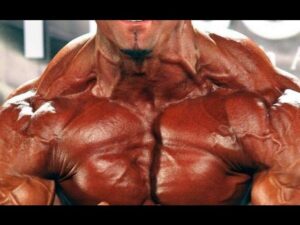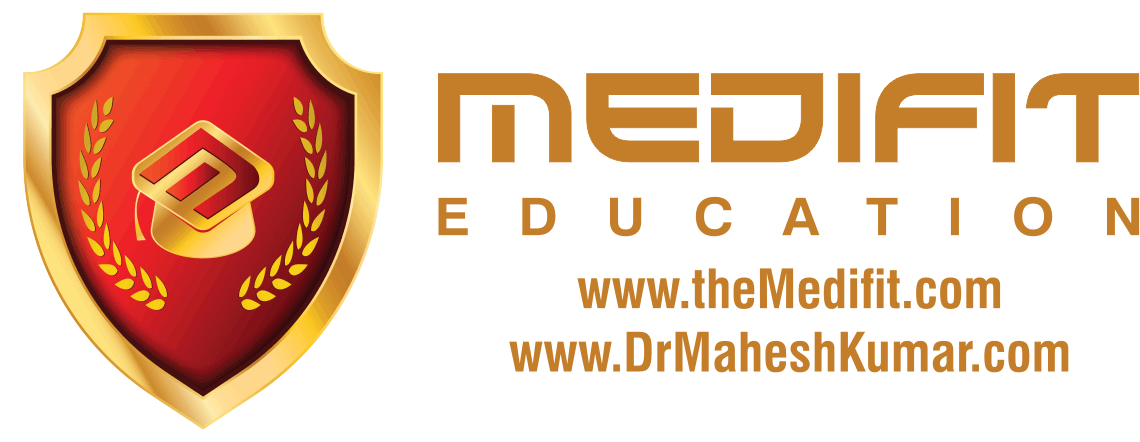Hormonal treatments are used to help women ovulate or to help them “super-ovulate”, ovulate more than one egg. Women who do not ovulate spontaneously and have normal estradiol levels are traditionally prescribed Clomiphene Citrate, or Clomid. This medicine is a partial estrogen and partial anti-estrogen. Since 2003, stronger anti-estrogens, the aromatase inhibitors such as Letrozole, have become increasingly popular for ovulation induction. For women who don’t ovulate spontaneously, 80% will ovulate with clomiphene and 50% will conceive. Clomiphene Citrate is associated with multiple follicle growth, so twins and triplets may occur, 20% of pregnancies may be multiples. This medicine can have side effects such as hot flashes, sensitivity to light, headaches and mood swings. Also sometimes the cervical mucus is drier and thicker and sometimes the inside of the uterus doesn’t grow as thick as it should. Letrozole seems to have less side effects, is more likely to make more than one follicle, and the cervix and endometrium are less affected. In comparison studies, letrozole is as good as and maybe more effective than clomid for inducing ovulation. Letrozole has less birth defects compared with clomid in one comparison study. Both medicines are pills taken for 5 days after the start of a period. The pills are started between day 2 and 5. Dosage starts at one pill and can be increased in subsequent cycles to 2 pills or 3 pills as needed. Ovulation typically occurs one week after the last pill but may be later than that. For heavier women a higher dose or longer dose for up to 7 days may be the initial dose. For those with associated high testosterone levels, sometimes a low dose steroid, dexamethasone, can be added to the regimen to increase fertility. Insulin sensitizers such as metformin can also be added. When oral pills do not directly induce follicular growth, the next step has been ovulation induction with injectable pituitary hormones including FSH or a FSH/LH combination. The oral medications work by “tricking” the pituitary to produce more FSH to stimulate the ovary to make follicles. When this stimulus isn’t strong enough, the injectables provide the FSH directly to the ovary. These are usually successful but may produce multiple follicles. If there are too many follicles and the risk of multiple gestations is too high, then the cycle needs to be cancelled or converted into an IVF cycle where all the eggs can be removed and then we control how many embryos get transferred back in. Depending on the individual, doctors may use a combination of pills and shots that ultimately has a cost advantage and may work better than pills alone. Factors that may directly impact the success of these treatments are weight, diet and exercise. Weight is the biggest impediment to successful OI, especially with pills. A low calorie diet along with weight loss may help improve the odds of success. . A diet which included whole fat dairy is beneficial to fertility as is a plant based diet heavy in fruits and vegetables. Vigorous exercise may also improve a woman who was sedentary to ovulate. Of course some women don’t ovulate because they exercise too much. For some, weight loss is needed, however, for others weight gain, especially in body fat, is needed to ovulate. It is ultimately extremely important to discuss your individual situation with your doctor to create the best treatment option for you to produce your ideal results.
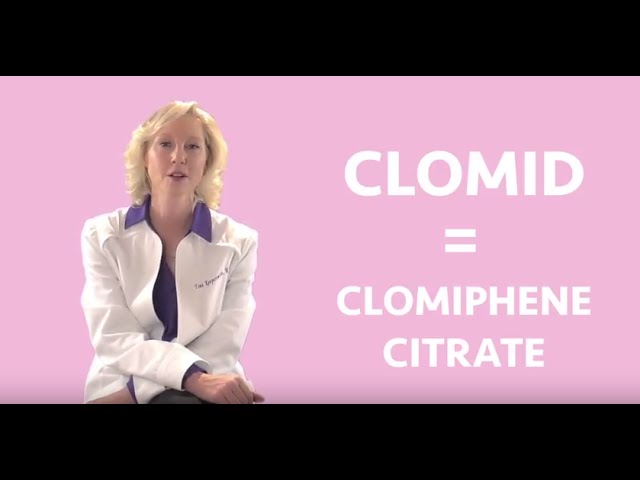
Infertility Hormonal Treatments • WCWRC
- Post author:
- Post published:May 30, 2021
- Post category:Uncategorized
- Post comments:0 Comments
You Might Also Like
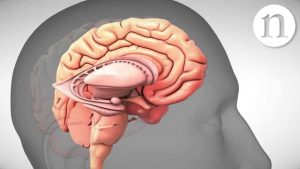
Depression and its treatment

Bodybuilding Nutrition, Diet Recipes & Workout – 45

20 Killer Ab Exercises
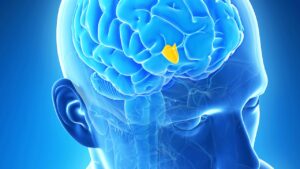
Human Physiology – Hormonal Regulation of Male Reproduction

Protein and Glucagon

5. Program Exercise - Program Exercise〈Your First PLC (17/19)〉
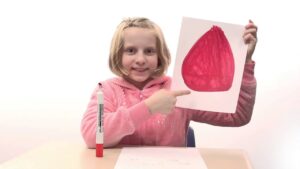
Cardiology Video – 3
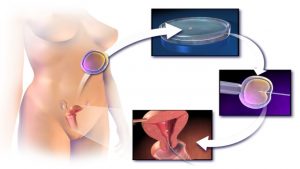
How to Get Pregnant with ICSI? Intracytoplasmic Sperm Injection Procedure Step by Step Video IVF

Full day of eating | Indian Bodybuilding Diet
Heart Protective Medicine Atenolol
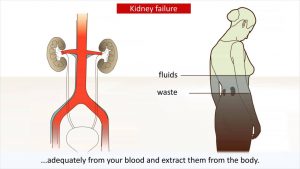
Kidney disease – Causes and treatment of kidney failure
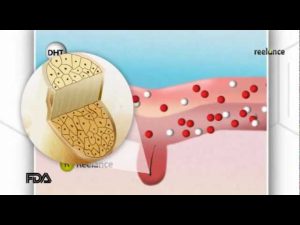
how to avoid hair loss for woman + minoxidil
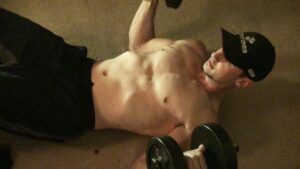
Dumbbell Chest Workout At Home!
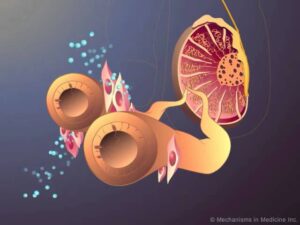
Testosterone Production

Squats and wild Clarence0
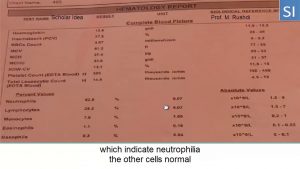
interpretation of Complete blood count (cbc) !!!

What causes heart attacks? | #aumsum #kids #science #education #children
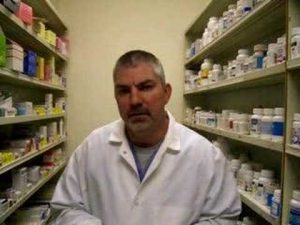
Diazepam
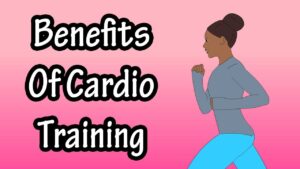
Cardio Exercise Video – 3
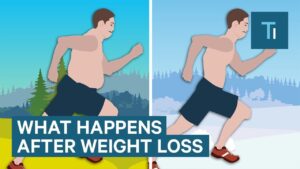
Fat Loss Weight Loss Video – 3
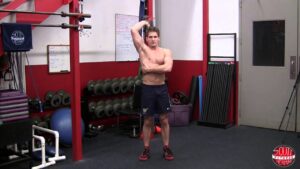
How To: Single-Arm Dumbbell Overhead Extension

TRICEPS – Single Arm Reverse Grip Tricep Extension
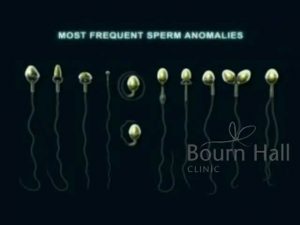
Azoospermia Treatment | Semen Analysis at Bournhall Clinic India

Great Back Workout for Men – Build a Massive V-Shaped Back With These 7 Exercises

Raw Pressery | All Fruits. No Additives.

Clomid Monotherapy
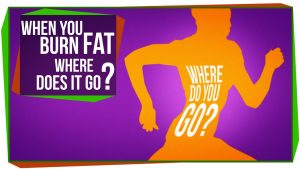
When You Burn Fat, Where Does it Go?
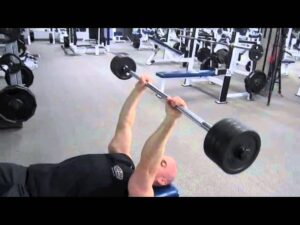
The Art Of Body Sculpting 33 Day Challenge: Day5 Lying Triceps Extension
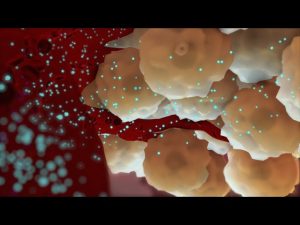
Type 2 Diabetes | Nucleus Health
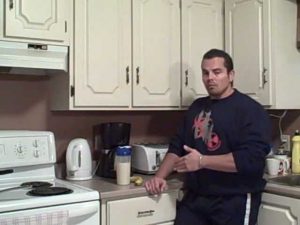
Should You Eat Late at Night? – Post Workout Nutrition
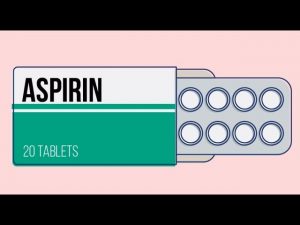
Thyroid Booster Supplements: 6 Supplements That Boost T3 and T4

Work Out Meal Plan Prep (GOOD, FAST, CHEAP!)
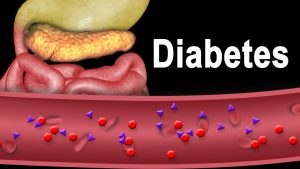
Diabetes Type 1 and Type 2, Animation.
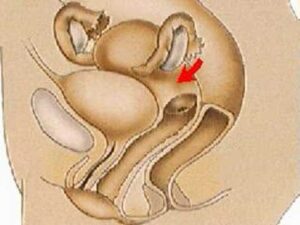
How the Body Works : Female Reproductive Organs
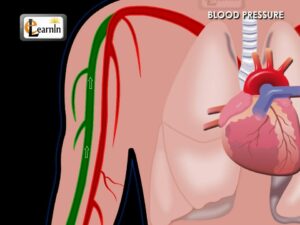
Understanding Blood Pressure | Human Anatomy and Physiology video 3D animation | elearnin

Robotics Surgeries Video – 4
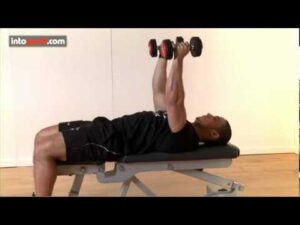
Flat Bench Fly-2

Pilates Video – 5

What is Trans Fat? Is Trans Fat Bad for You?
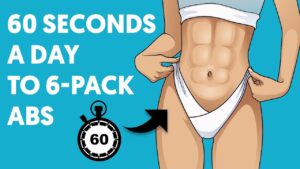
6 Packs Abs Video – 2

Muscle Building Workout & Squats Video – 25
